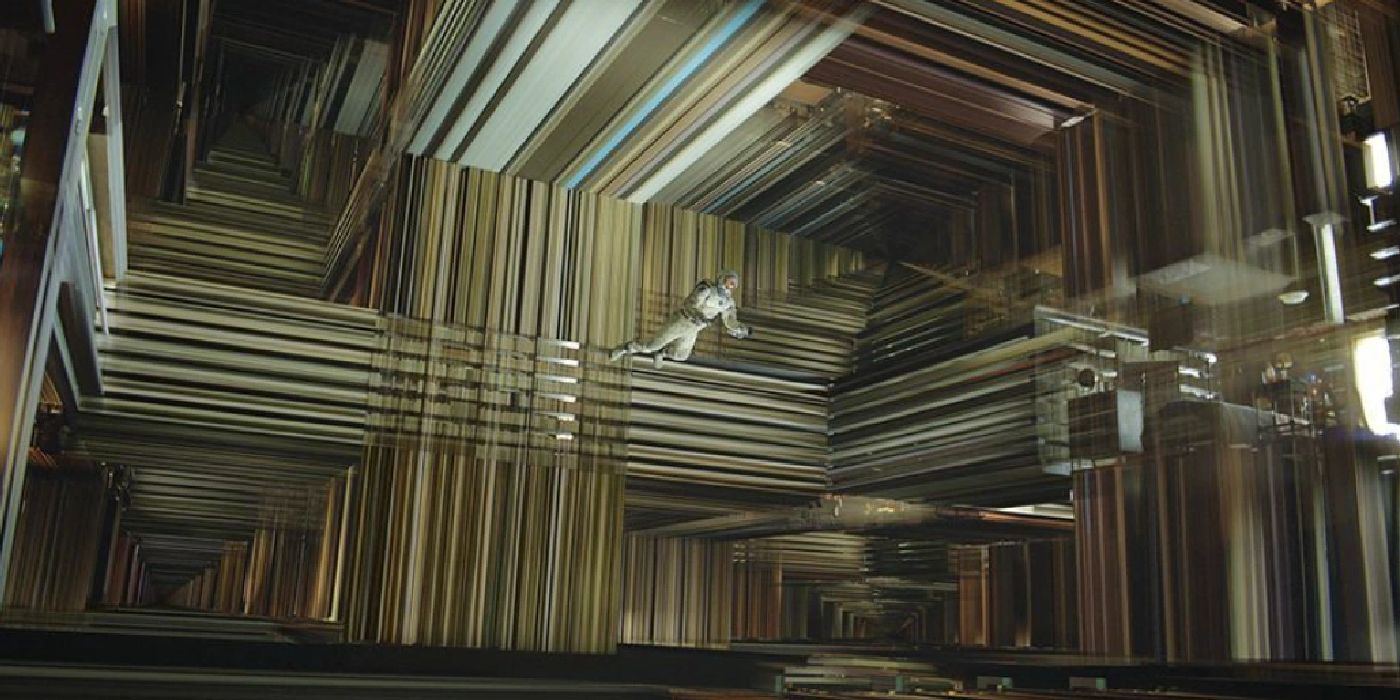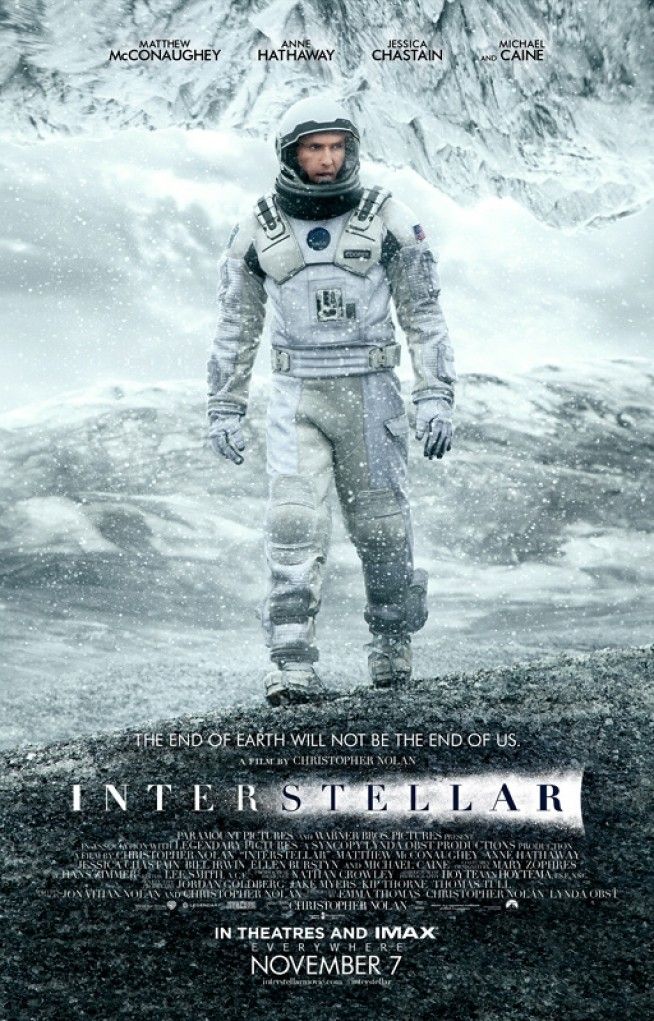An expert review of Christopher Nolan's epic sci-fi Interstellar (2014) reveals that the stunning rendition of space travel misses some scientific detail. The film follows a group of astronauts who embark on a daring mission through a wormhole near Saturn to find a new habitable planet for humanity as Earth faces ecological collapse. Led by retired NASA pilot Cooper (Matthew McConaughey), the group navigates the challenges of space travel, time dilation, and personal sacrifice in a race against time to save humanity.
In an interview with Insider, retired NASA astronaut Nicole Stott evaluates scenes from Interstellar, rating the film's portrayal of astronauts in space a 7/10 on realism. Looking at a few critical space-travel incidents depicted in the film, Stott addresses the real-life implications behind a particularly intense scene where Cooper attempts to dock their spaceship to a rapidly spinning space station. Stott commends Nolan's balance between cinematic thrills and realism, but notes the implausibility of some of the extremities portrayed in the scene. Read the full quote here:
Blacking out from extreme forces is a common potential issue in space. You know, we try to design the vehicle so that load is limited on us, so that we can stay awake and not pass out. In this case, they were spinning super fast, and so that load was going to continue to grow on them, and I like that he says to his computer assistant that it should take over if he passes out. It's a real possibility, especially if he doesn't have his helmet on. He is not pumping air for himself to stay awake. You know, the computer might actually do a better job than we as humans could.
Because he's reacting to this spin, he turns his head kind of in the opposite way to help him from passing out. If you're the one in control of the spacecraft, you're much more aware of how the load from the vehicle is impacting your body as you're trying to fly it.
I think this clip was probably as realistic as you could get for the scenario they were portraying. Super fast spinning station that they're trying to dock with. Everything that they do is all the kind of stuff you would have to do in real life, right? You would have to match the spin. You would have to move in deliberately to make that contact.
When we dock with our spacecraft to a space station, we're trying to get slowed down as much as you possibly can. I would give this scene in this film a seven. I just don't know if the extremes of it would be possible or not.
What This Expert Review Means For Interstellar
Breaking Down The Realism In One Of The Greatest Space Epics
Stott's evaluation highlights the fine line that filmmakers must walk when portraying space exploration. Her acknowledgment of the film's efforts to accurately depict the effects of gravitational forces and the dangers of high-speed motion underscores the challenges of creating a narrative that is both engaging and scientifically grounded. While some of Interstellar's scenes may lean towards dramatization, Stott confirms that the core concepts resonate with her actual experiences in space.

Related
Interstellar Ending & Space Travel Explained
The Interstellar ending, and how space travel works as a whole, are big questions in the Christopher Nolan film. But we've got the answers.
Moreover, Interstellar has been praised by scientists for its relatively on-point depiction of black holes and wormholes. Nolan's crew worked in tandem with the theoretical physicist Kip Thorne to design CGI software that would accurately render the gravitational lensing effect around the black hole. A feat that would bring Interstellar its award for Best Visual Effects at the 87th Academy Awards.
Our Take on Interstellar's Accuracy Score
Striking A Balance Between Fact & Fiction

Nolan's desire to portray a space-faring epic was not taken lightly. The director and his crew did an immense amount of research alongside other experts before production even began. While Interstellar may not achieve perfection in scientific accuracy, it was nonetheless ahead of its time, combining spectacular visuals with carefully thought-out scenarios of space and time travel.
Ultimately, Interstellar serves as a reminder that science fiction can inspire audiences to consider the intricacies of space exploration, even as it details experiences that have yet to be had. The film’s compelling narrative, coupled with expert insights, allows viewers to appreciate Nolan's blend of thought-provoking imagination and scientific inquiry that characterizes this modern sci-fi classic. Whether or not every detail aligns perfectly with reality, Interstellar continues to spark conversations about one's place in the universe and the potential exploration of worlds beyond this one.
Source: Insider

From Christopher Nolan, Interstellar imagines a future where the Earth is plagued by a life-threatening famine, and a small team of astronauts is sent out to find a new prospective home among the stars. Despite putting the mission first, Coop (Matthew McConaughey) races against time to return home to his family even as they work to save mankind back on Earth.
Release Date November 7, 2014
Studio(s) Warner Bros. Pictures , Paramount Pictures
Distributor(s) Paramount Pictures , Warner Bros. Pictures
Runtime 169 Minutes
Budget 165 million





:quality(85):upscale()/2024/08/06/667/n/1922794/4bc1ce8866b23aaf319c84.46755244_.png)
:quality(85):upscale()/2024/11/05/936/n/1922153/cc2bbd68672a8e1588a964.53876938_.webp)


 English (US) ·
English (US) ·